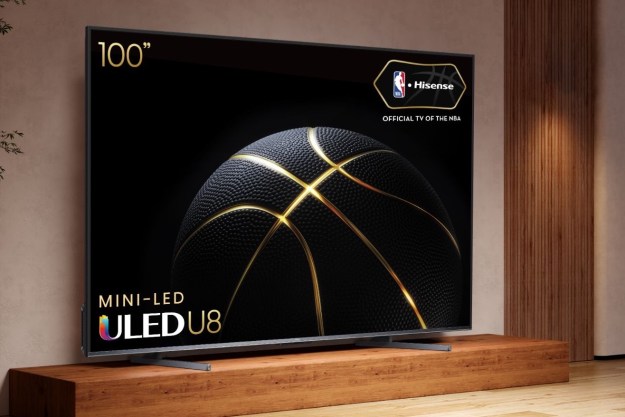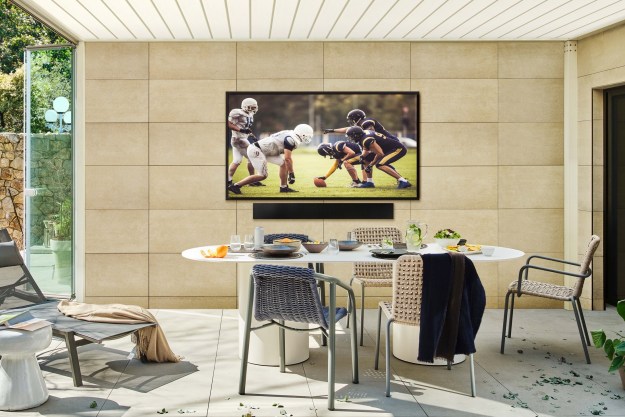Samsung has made the opening move in what is sure to be a long series of exciting announcements around CES 2021, unveiling a massive, 110-inch MicroLED TV it says will go on sale in 2021. This comes alongside the new Samsung QLED NEO TV lineup we expect from CES 2021.
If MicroLED TV technology sounds at least vaguely familiar, it’s probably because Samsung has used the CES stage for two years running to show off the displays it has dubbed as “The Wall.” Unlike those modular monsters, however, this new 110-inch display is a one-piece, proper television that’s ready to roll right out of the box. In other words, whereas The Wall was designed with commercial use in mind, Samsung is building this huge, next-gen TV specifically for your living room. Or, well … someone’s living room, anyway.

For those unfamiliar, MicroLED is called a self-emissive display technology — in some ways similar to OLED technology. In today’s conventional LED/LCD TVs, the LEDs function as backlights that illuminate an LCD panel. With MicroLED, the LEDs are much smaller (measured in micrometers, to be exact). More importantly, the MicroLEDs themselves produce the red, green, and blue colors needed to make an image — no color filter or other layers are needed.
From a picture-quality standpoint, the advantages of having a self-emissive display start with the ability to get pure blacks — when the MicroLEDs are turned off, they are completely off, similar to the pure-black advantages of OLED displays.
That’s where the comparisons to OLED end, however. MicroLED displays can get far brighter than OLED displays, offer a wider range of colors, improve color accuracy, and perhaps most importantly, are not susceptible to burn-in as OLED displays are.

As such, a 110-inch display like this would be far superior to a projector and projection screen combo, offering unparalleled brightness, black levels, and
Now here’s what we know about the 110-inch MicroLED’s features: The TV offers 4K
The TV will also allow owners to show up to four sources at once, split among four 55-inch-sized screens. This will be a killer feature for watching multiple sports programs, keeping track of news, or any other situation where multiple programs are desired.

There are a few crucial details about Samsung’s 110-inch MicrLED TV that remain unclear for now. We don’t have a catchy name or model number at this time — for now, we must just go with 110-inch MicroLED. We also don’t know how thin — or, rather, how thick — the TV will be, though it will most assuredly be thicker than OLED TVs and likely thicker than most of the conventional LED TVs we purchase today.
Also, at the time of writing, Samsung has not yet confirmed if this TV will come with its OneConnect box, which allows all components to connect to a single box, with a nearly invisible wire routing the TV signal up to the display. Samsung also has yet to confirm whether this next-gen TV will support HDMI 2.1, variable refresh rate,
I am also curious to know how much energy consumption this TV will require. If my experience with Samsung’s The Wall sets is any indication, however, it’s likely this TV will not come with an Energy Star sticker, and could generate a significant amount of heat.
Those details should be revealed come CES 2021, where all of the
Editors' Recommendations
- Samsung’s new 98-inch DU9000 4K TV is just $4,000. Can it beat TCL and Hisense?
- You Asked: tone mapping, bad Blu-ray players, mini-LED vs. microLED, and TCL X955
- TCL’s giant 115-inch QM89 is the world’s largest 4K mini-LED TV
- Hisense teases 110-inch, 10,000-nit TV ahead of CES 2024
- Mini-LED vs. QLED TV: how one technology is improving the other




